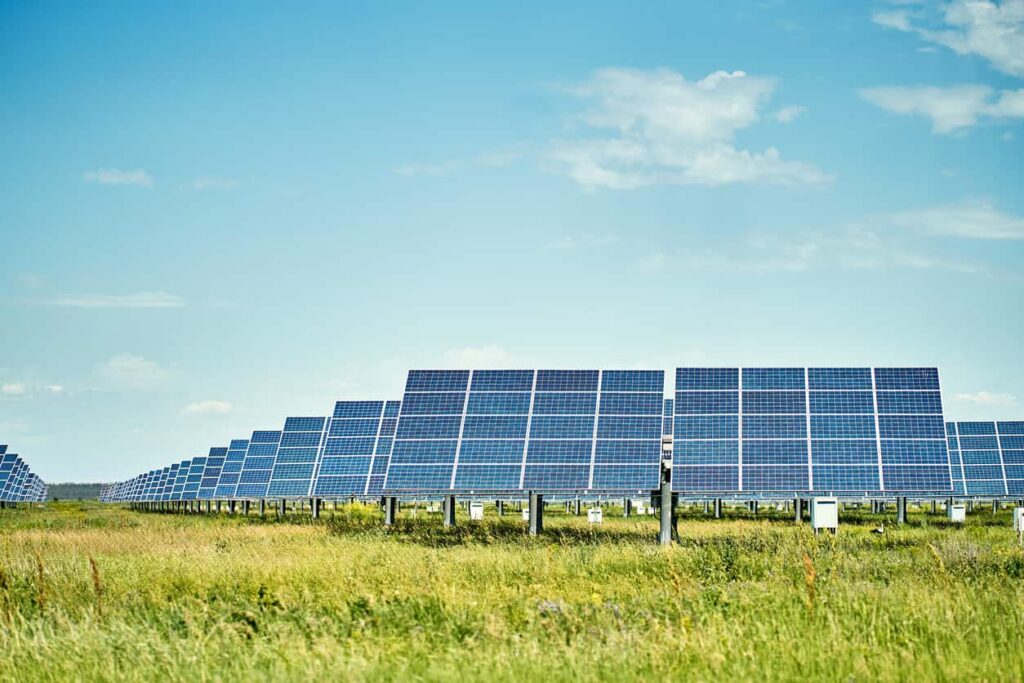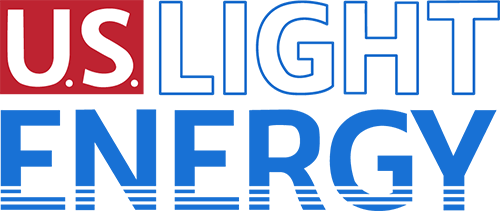
Leasing land for a solar farm is a great way to make additional income while helping your local community reap the benefits of renewable solar energy. From reducing electric bills, fighting climate change, and sustaining the environment, solar farms are fast becoming an ideal choice for energy consumers. While solar professionals are eager to lease land to develop solar farm projects, not every parcel of land is suitable. Several crucial elements are needed to support a solar farm’s prosperity.
Acreage
There is no definitive answer when it comes to the required acreage of a solar farm. It will depend on the scope of the project. A minimum of ten acres is considered ideal for developing a solar farm project. As interest in solar energy continues to grow, more and more land will be needed to meet demand. Solar farm projects are geared towards supplying power to several households and businesses at once, which means each project could exceed the minimum requirement of ten acres. Some of the largest solar farms are over ten thousand acres. Besides installing solar equipment, the land also needs to be big enough for the solar farm project to allow for solar array setbacks—the space required for personnel to enter and exit the area safely.
Local Zoning and Regulation Support
Before solar developers can proceed with a solar farm project, they need to ensure that local zoning laws and regulations will support solar energy development. There may be certain restrictions on the size of a solar farm and the type of equipment allowed on the land. Also, zoning laws could be based on the type of solar farm project. There are two main types: utility-scale and community. Other types of requirements may include:
Preservation of habitats for certain species of plants and animals
Visual buffers for aesthetics
Close proximity to power grids or substations
Renewable energy, like solar power, is growing in popularity as we combat climate change. Several areas are rewriting zoning laws to support the development of solar farm projects.
Location Climate
While solar arrays require access to as much sunlight as possible, the equipment can be sensitive to sustained heat. Extreme temperatures can damage solar panels, causing them to break down. An arid climate like Arizona receives plenty of sunshine; however, the extended periods of excessive heat may deem it an unsuitable area for solar farm development. Solar arrays are designed to sustain the elements, but even they have their limit.
Environmental Elements
As problematic as extreme heat can be for solar arrays, lack of sun is also a big challenge. Land with significant tree coverage will make it difficult for sunlight to reach the panels. There are only so many hours in the day for solar arrays to catch available sunlight. Building a solar farm under the cover of trees is an unforced error. Blocked sunlight won’t allow a solar farm to produce sufficient power, making it pointless.
Wetlands can also pose a significant threat to a solar farm. Solar arrays are ground-mounted, which means if the land were to flood, the panels could be submerged in water. In the long run, steady flooding could make the maintenance and sustainability of the solar project impossible. If solar developers know the potential for flooding, they can mount the panels a few feet higher off the ground. While this may cost more to set up, it may be worth it if the land meets other essential needs for the solar farm.
Solar Farm Slope
Solar developers consider open, flat land the ideal type to set up a solar farm project. Flat land allows for sunlight to reach the solar arrays with efficiency. When land has a significant slope, it can create unwanted shade from surrounding objects. Most solar developers may accept as much as a five-degree slope when choosing a solar farm site. Five degrees may be enough to minimize the reduction in lost sunlight. South-facing rows of solar arrays may help collect the most sunlight when working with a sloped parcel of land. Again, each solar project’s needs will determine what deficiencies a solar developer is willing to contend with.
Proximity to Power Grid or Substation
Solar farms are designed to be decentralized from the end-consumers of the power. That means no solar equipment is placed on the property of consumers of solar power. When solar professionals are looking to develop a piece of land for their solar farm project, proximity to a power grid, distribution lines, or a substation is important. The further away the land is from the electrical grid, the more expensive it is to connect the solar farm. Typically, solar professionals consider a power grid or substation close if it’s within two miles. Some may even consider five miles. Developers need three-phase distribution lines between the grid and the solar farm to tie them together. Most solar developers prefer those lines to be no more than 0.2. Miles from the solar farm. If the power station and lines can handle the voltage and capacity of the solar energy produced, then that’s a huge plus. Reconfiguring the grid or lines to handle solar farm output can be a cost solar developers may or may not be willing to take on. Lastly, the land needs to have functioning roads to access the site for set up and maintenance.
Leasing Land for Solar Farms with US Light Energy
US Light Energy is a New York-based distributed generation energy development company specializing in Community Solar facilities and renewable energy solutions. Community solar farms provide clean energy that can offset eclectic bills while providing a sustainable energy solution to the local area. Interested in leasing your land? We’d love to hear from you! Our solar professionals will research and evaluate your site with a thorough assessment. Contact us today to find out if your land is a qualifying site! US Light Energy is leading the charge for a new generation.
